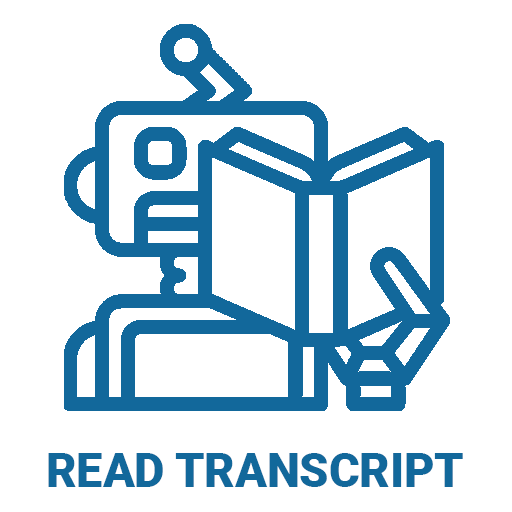NASA Jet Propulsion Laboratory (JPL), CA
United States
Research Areas
Automation, Control Design & Engineering, Control Systems, Human-computer Interaction, Machine Intelligence, Machine Learning, Robot Programming, Robots
Biography
Carl Ruoff was born in Los Angeles, California and grew up in Compton. He began his undergraduate education at Graceland College, dropping out briefly before enrolling to California State University, Long Beach where he completed a B.S. in Mathematics in 1967. Following this, he attended UCLA for a M.S. in Physics, which he received in 1971. He later went on to complete a Ph.D. in Mechanical Engineering with a minor in Computer Science from Caltech in 1993. Ruoff has held several positions prior to his employment at the Jet Propulsion Laboratory in 1978. These include Mechanical Designer at Arrowhead Metal Products, Philoco-Ford, TRW, and Purex (1961-1967), Scientific Programmer from McDonnell-Douglas Aircraft Company (1967-1970), Systems Programmer for Information International (1971). Teaching Assistant at UCLA Department of Physics (1968-1969 and 1970-1971), Staff Engineer at Bendix Corporation (1972-1973), Technical Staff at General Electric R&D Center (1977-1978), Lecturer of Mechanical and Aerospace Engineering at UCLA (1995-Present), and Visiting Associate in Mechanical Engineering at CalTech (1996-2000). Starting as a Member of the Technical Staff of the Robotics and Teleoperator Group in 1978, his current position at JPL is Division Technologist of the Observational Systems Division and Science Division (2001-). Ruoff’s research interests include robotics, advanced computing, intelligent systems, and technology development and planning. For his work he has received several awards and honors, including the JPL Outstanding Mentor Award in 1996 and the NASA Exceptional Service Medal in 2008.
Interview Synopsis
In this interview, Carl Ruoff discusses his work in robotics, focusing on his research at Caltech and JPL. He describes his involvement in projects, such as the Sojourner rover, and comments on the challenges and breakthroughs he faced. Additionally he describes the environment of the lab and the various collaborations he engaged in, as well as reflects on the future of robotics in space exploration.







